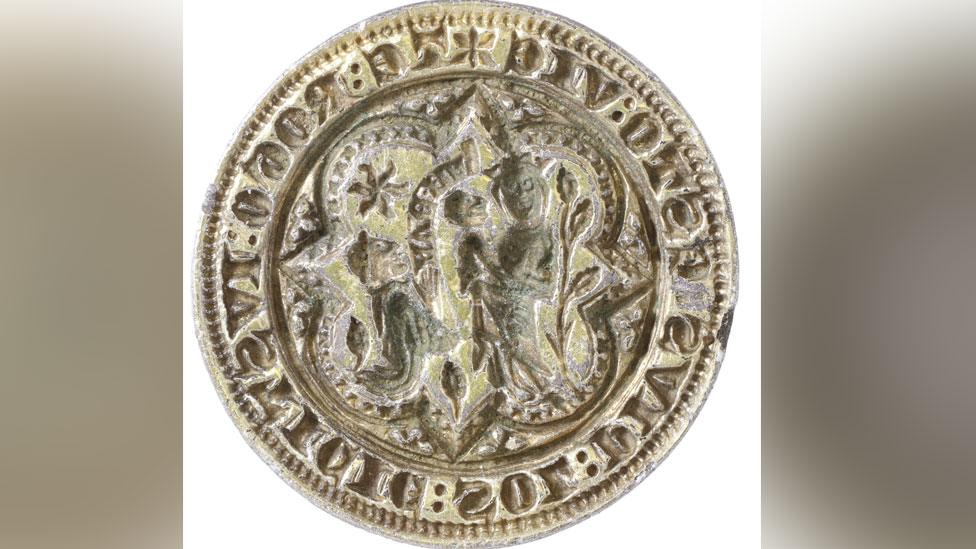Earwax scoop offers insight into medieval hygiene
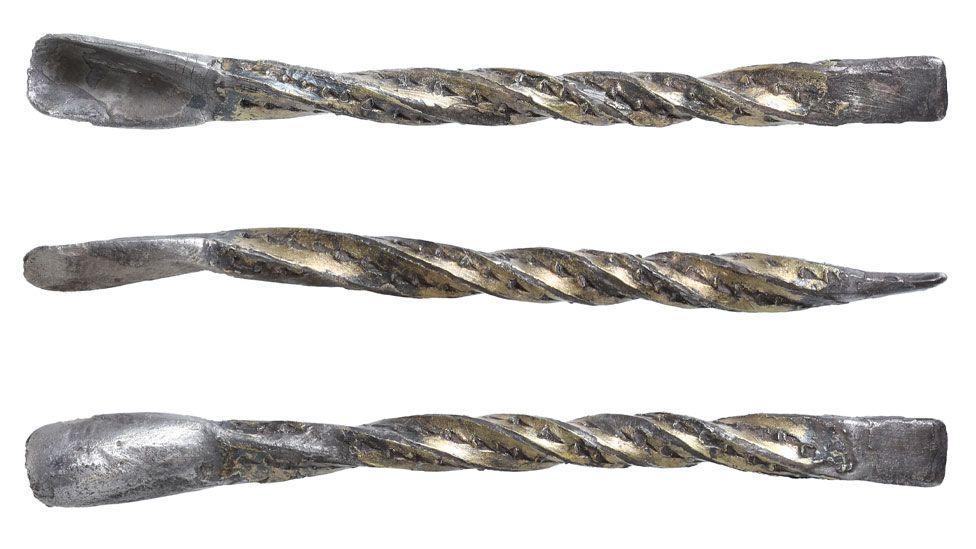
The 43mm (1.7in) long gilded silver ear scoop weighs 1.73g (0.06oz) and has tiny dots punched along its twisted handle
- Published
A rare example of a tiny silver earwax scoop offers "an interesting window" into personal hygiene in medieval times.
The 43mm-long (1.7in) ear-cleaning device was found by a metal detectorist in a field near King's Lynn, Norfolk, in July.
County finds liaison officer Helen Geake said scoops were "really, really hard to date", but a line of dots punched along its "barley twist" handle suggested to her it is later medieval rather than from the earlier Roman period in Britain.
Just 20 silver ear scoops have been recorded on the Portable Antiquities website, external since it was created more than 25 years ago, making it a rare find, she added.
"For comparison with other medieval silver items, there are 1,200 brooches, 1,200 finger rings and 29 pins on the database," Dr Geake said.
The items are rarely found in an archaeological context, which is what makes dating them challenging.
Dr Geake said: "The Roman ones are quite similar, but this one has a characteristic medieval design of a line of dots made using a punch and, unlike Roman ones, does not have a suspension loop."
The find, which is part-gilt, has been dated to about 1350-1400, during the reigns of Edward III and Richard II.
It has a tiny scoop at one end, while the other end has been flattened and Dr Geake suggested that might be used for cleaning under nails.
The coroner has opened an inquest into the item.
What is treasure?
Under the Treasure Act 1996, external, "treasure" includes prehistoric objects, coins containing gold or silver and are at least 300 years old, or more recent valuable objects that have been deliberately hidden
Finders in England, Wales and Northern Ireland are legally obliged to notify their local coroner
An inquest then determines whether the finds constitute treasure
If they are, a value will be set by the British Museum's Treasure Valuation Committee and the finder and landowner could be reimbursed
The items will be entered into the Portable Antiquities database
Source: The British Museum

Helen Geake said most medieval people would have used their finger nails to clear out their earwax
"Ear scoops are unusual finds and like this one, seem to have been made for the upper classes as most were made from silver," she said.
"Silver was rare before the influx of precious metal into Europe from South America from the mid-16th Century onwards."
There are 13 ear scoops made from cheaper copper alloy recorded on the database, but Dr Geake suspects "most people used finger nails" to clear out their ears.
"It's a bit like forks - if you're poor you don't have one at all rather than having one made of a cheaper material," she said.
"But they do offer an interesting window into the medieval world because we don't see personal hygiene or make-up items very often."
Norwich Castle Museum hopes to acquire it.
Get in touch
Do you have a story suggestion for Norfolk?
Follow Norfolk news on BBC Sounds, Facebook, external, Instagram, external and X, external.
Related topics
- Published24 January 2024
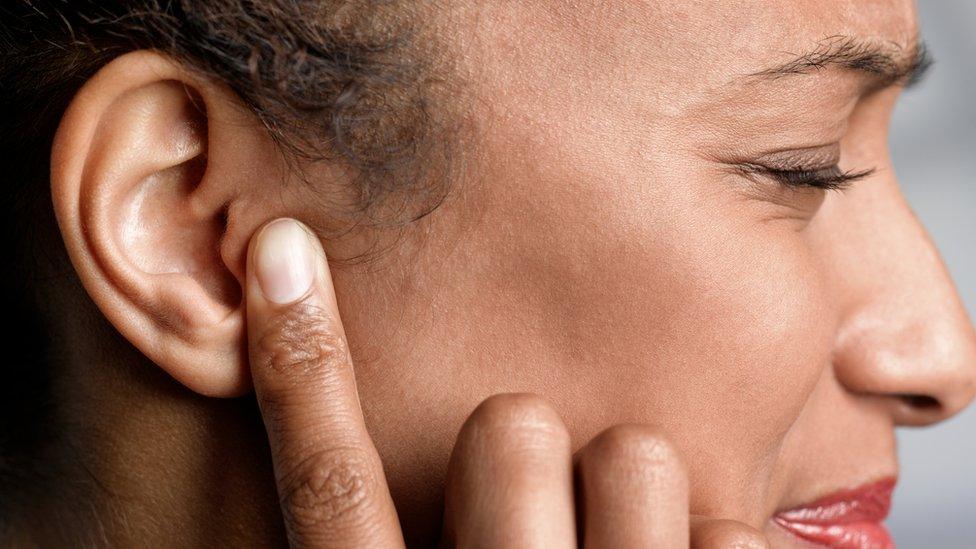
- Published11 September 2024
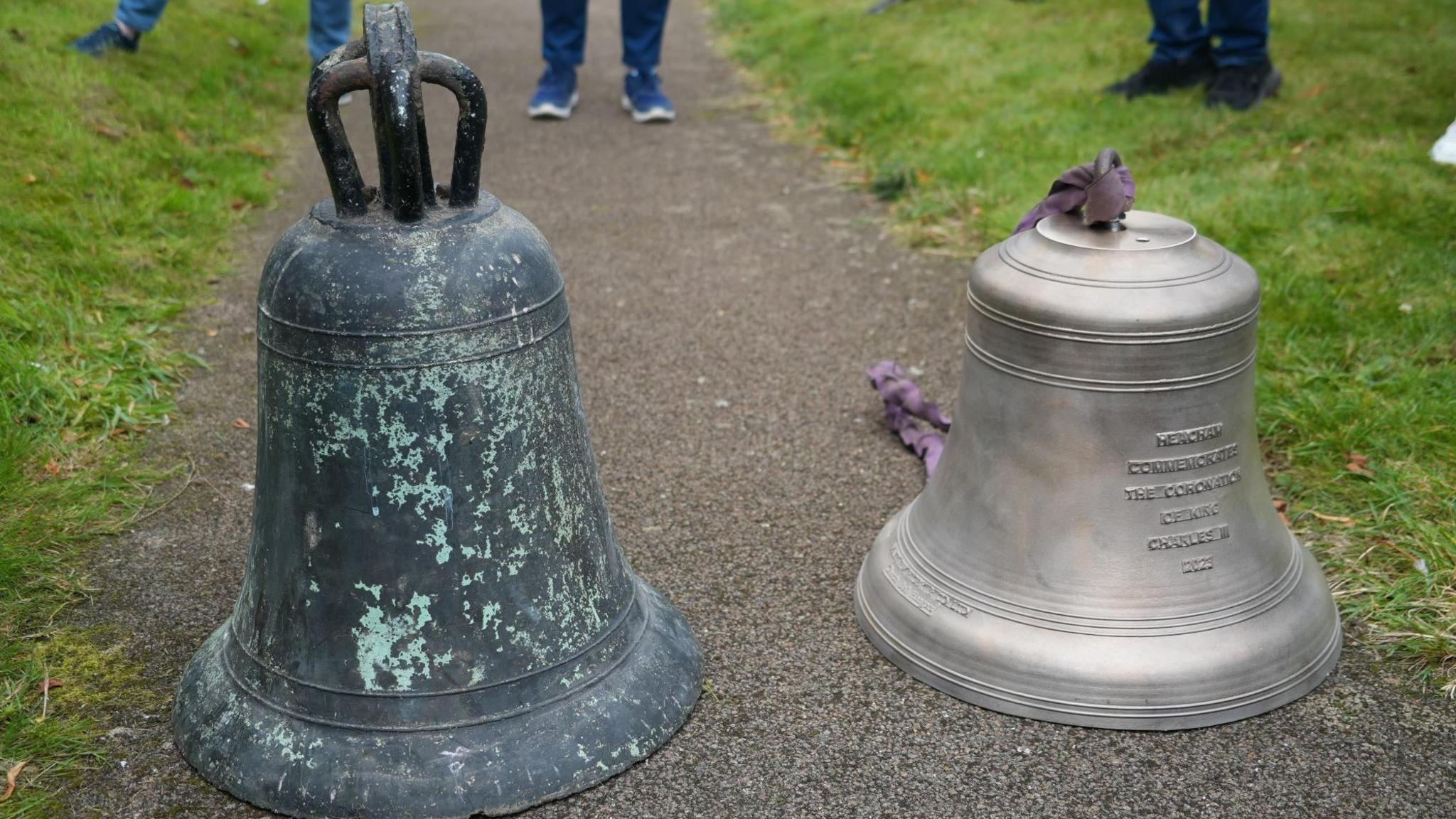
- Published30 March 2024
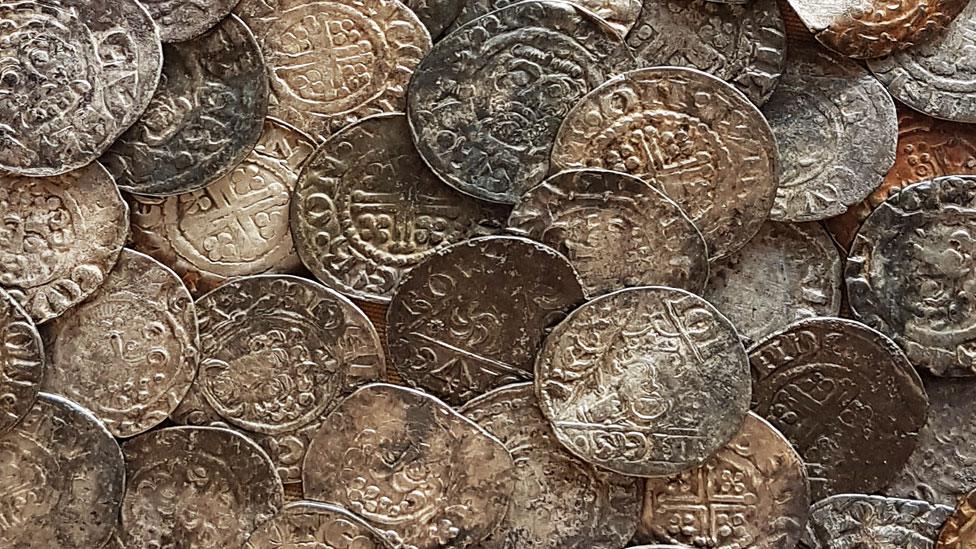
- Published19 November 2023
